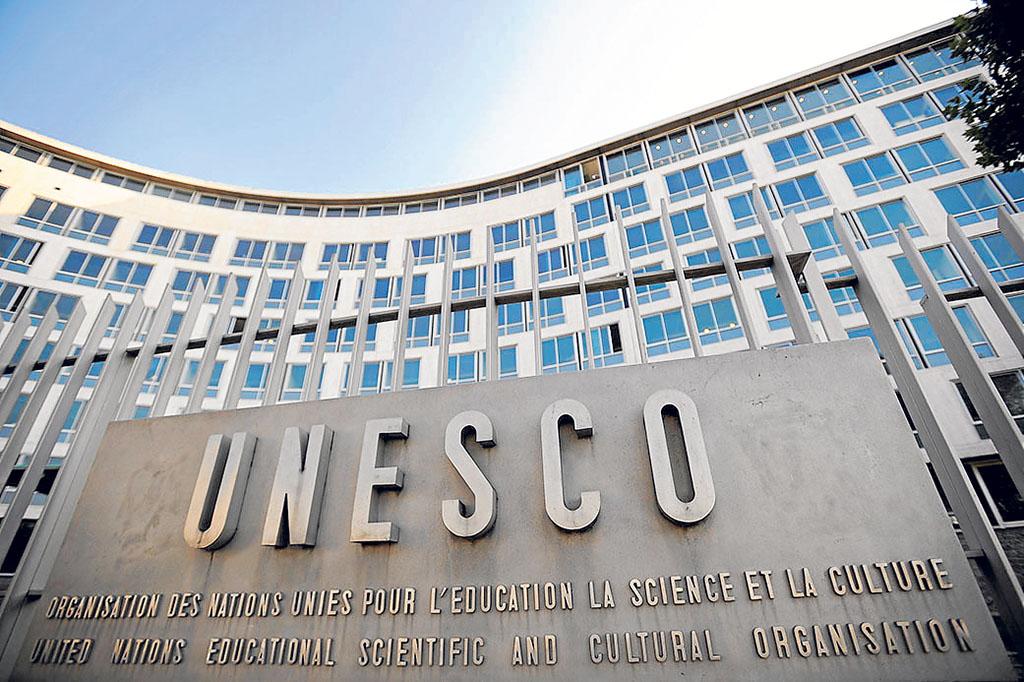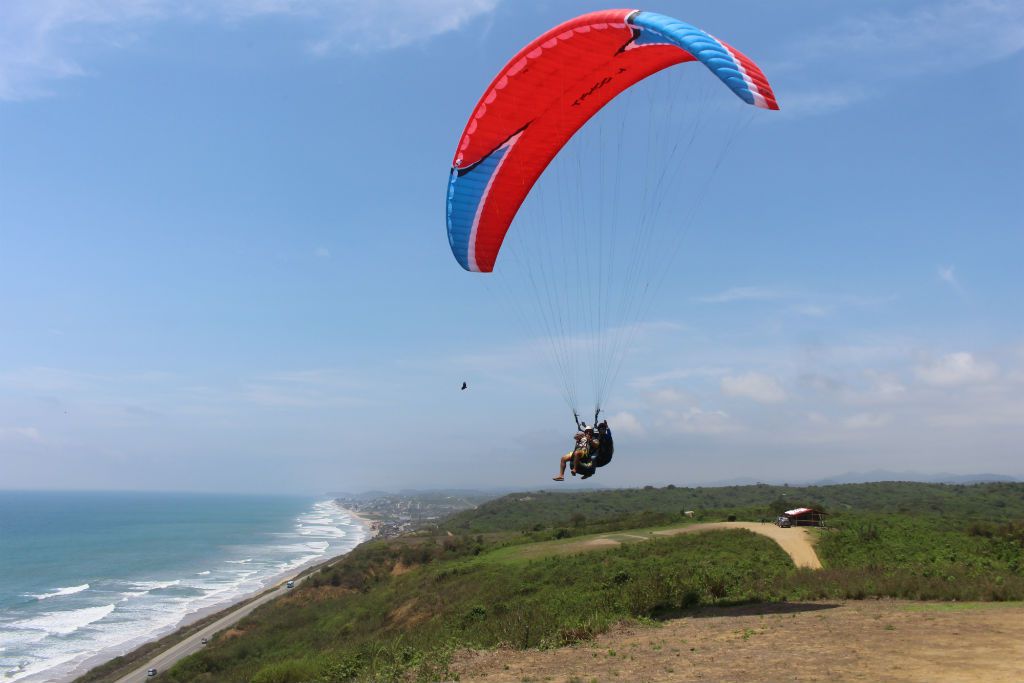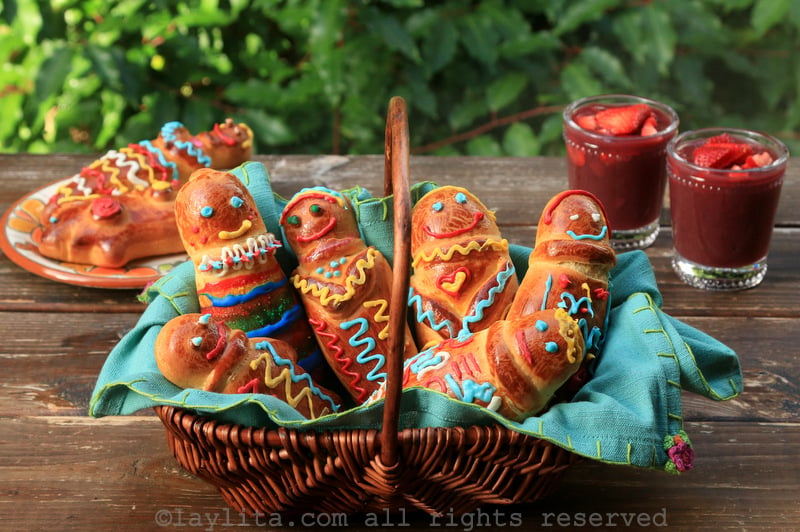English-ECUADOR A MEGADIVERSE COUNTRY AND MULTICULTURAL
ECUADOR A MEGADIVERSE COUNTRY AND MULTICULTURAL
Ecuador carries this geographical division in its own name since, in fact, it conditions its life. The 0º parallel passes through places like Pedernales or the extreme north of the capital, Quito. Ecuador crosses the Andes.
Página web: El País
Página web: El Telagrafo
It is estimated that in the most biodiverse areas of the Ecuadorian jungle, half a hectare can contain up to 70,000 species of insects. Only the number of butterfly species is estimated to be around 6,000. Take into consideration that the total number of these species of butterflies in the world is around 20,000.
Our country has 91 types of terrestrial ecosystems, there are 21 of the 27 marine and coastal ecosystems recognized globally.
Página web: Ecuador megadiverso
https://sites.google.com/site/ecuadormegadiverso/introduccionEcuador is home to approximately 1,600 species of birds that inhabit the mainland, in addition to another 38 species that are endemic to the Galapagos Islands.
Página web: Ministerio del turismo
Ecuador is home to a total of 350 species of reptiles and 400 species of amphibians. Only in snakes there are 210 species, whose sizes vary from the extremely small, 16 cm, to the gigantic anaconda that can measure up to 6 meters long.
It is estimated that in the waters of the Amazon basin there are more than 800 species of fish, among which we can find electric eels and piranhas.
It has more than 17,058 species of vascular plants or flowering plants, as indicated in the Fourth National Report for the Convention on Biological Diversity. And in the case of orchids -jewels of nature-, the country has four of the five subfamilies that exist worldwide, which means 4,032 of the species that have been classified and published so far, of which 1,714 species are endemic; even here you can find the smallest orchid species in the world, measuring 2.1 millimeters in size.
Página web: Ministerio del turismo
Ecuador is a multilingual country with a predominance of Spanish (93.0%; 2005 census), being the ninth country with the largest Spanish-speaking population. Several indigenous languages coexist with this language, the largest of which is Quichua.
Spanish is the official language of Ecuador; Kichwa and Shuar are official languages of intercultural relations. The other ancestral languages are of official use for indigenous peoples in the areas where they live and in the terms established by law. The State will respect and encourage its conservation and use (Art. 2 of the 2008 Constitution).
In Ecuador there are 14 indigenous languages from 8 different linguistic families: Barbacoa, Chocó, Jívaro, Quechua, Tukano, Záparo, and two independent families Cofan (A'i), and Wao Terero.
Article N ° 2, Constitution of Ecuador, typifies that: Spanish is the official language of Ecuador; Spanish, Kichwa and Shuar are official languages of intercultural relations. The other ancestral languages are of official use for indigenous peoples in the areas where they live and in the terms established by law. The State will respect and encourage its conservation and use.
According to UNESCO, every 15 days a new language is extinguished in the world, that is why Ecuador tries to stimulate and preserve its native languages
Linguistic expressions of the coast
Acolyte.-
Support or help something.
Childish.-
Guayaco from a good family, or who are simply fine people.
A cow.-
Too easy.
Bacán.-
Cool, cool, magnificent, excellent, fantastic.
Wasp.-
Put batteries, be attentive, pay attention, Get Eleven.
Linguistic expressions of the sierra
Don't be bad ...
Like the previous one, it is typical of the mountains. It is the equal to please to add more kindness to the sentence. "Give me passing the keys, don't be mean."
Chulla life.
The word chulla comes from the indigenous Quechua language, which means "only one" or "odd". That is why, saying this, one remembers how short life is and that you only live once: "This year I'm going two weeks on vacation, cool life!"
Go back.
To indicate that you are going to return soon and that it is not a long absence, the following expression is used: "I'll be back, I'm going to come back."
Make the house.
This expression is used when someone feels cheated or fails at something.
“They trusted him and lost all of his money. They made the house for him ”.
Guagua that does not cry no mama.
The word guagua is used in many countries and with different meanings. In Ecuador, they are breast babies. The meaning of the phrase is that if you don't ask for something, you won't get it.
Linguistic expressions of the Amazonia
Ñeque: strength
Jamar: eat
Chumado: drunk
Pacheco: cold
Soroche: dizziness
Taita: dad
Guambra: child
Kick: stretch
Encamota: fall in love
Extreme sports of Ecuador
FREE CLIMBING
This extreme sport can be performed on walls made for this, which pretend to be the facade
of a mountain or perform in the open field climbing rocks, mountains and natural walls.
The ideal time would be summer, always protecting the skin from the sun. Some of the equipment that is needed is a harness, helmet, ropes, swimming pool and boots.
Mountain. In the country, all regions have spaces for this practice, for example
Bathrooms in Tungurahua, Paute in Azuay, Sigsipamba Park in Quito, in the recreation area
of Samanes, in the East in the province of Napo and in Cuyujá.
CANYONING
It is the descent, mainly, through waterfalls and canyons using the basic technique of rappelling and
Wearing good safety gear including a helmet, harness, water repellent ropes, and
lifejacket; the footwear that is used is also a very important point. Among the most recommended waterfalls in Ecuador are: Manto de la Novia in Baños,
Bambillo River Waterfall in San Miguel de los Bancos, El Chorro Waterfall in Azuay,
Arapicos in Morona Santiago.
KAYAK
It consists of sliding downstream through the fastest currents, trying not to turn over and
finding the best way. It is necessary to wear a protective helmet, life jacket,
a kind of special skirt at the waist, and an air bag so that the boat does not
sink. Tributaries, in various regions of the country, such as Quijos, Papallacta, Misahuallí, Anzu, Puero López, Tintoreras and Jondachi are among the most popular for kayaking; And to Those who want to learn from scratch there are some centers where they give theoretical courses and practical.
Paragliding
The maximum height to reach will depend a lot if it is on the Coast or in the Sierra, but the flight isYou can do it on beaches, cities, rivers and different landscapes. Considering the shapeparachute semi-round, the walk through the air is slow and without much turbulence.
In the Sierra the appropriate months are from September to May; and on the coast throughout theyear. And, the places from which you can enjoy this experience are Canoa, Ibarra, Baños,
Riobamba and Santa Elena.
DIVING
It is surely one of the best ways to get in touch with nature and the coasts.
of Ecuador are a perfect place for this activity due to the variety of species that are
they can find. El Pelado in Santa Elena, Punta Mala and Los Ahorcados in Puerto López, Los Frailes in Manabí and Santa Clara in El Oro. The centers near these ports have equipment and guides for the tourists and interested in this practice.
TRADITIONS
Day of the Dead in Ecuador
In Ecuador, we celebrate the Day of the Dead, it is a holiday in which the lives of loved ones who have left this world are honored. The Day of the Dead, also called the Dia de los Finados, coincides with the Catholic celebration of All Saints - like other festivities it seems that this celebration is the result of combining an ancient indigenous tradition or rite with a Catholic holiday. The celebrations of the Day of the Dead consist of vigils and visits to cemeteries where offerings of flowers and traditional food are brought to the deceased.
Ecuadorians have very traditional foods that are prepared especially for the Day of the Dead: colada morada, a drink made of black or purple corn flour, and guaguas de pan or figures of bread in the shape of a guagua or doll. Guaguas de pan are prepared with a dough of sweet bread, very similar to the dough of French brioche bread, and sometimes they are filled with sweet.
Day of the Dead in Mexico
Every November 1 and 2, in Mexico a very peculiar tradition is celebrated, which attracts thousands of tourists moved by being able to see and experience such a festivity.
One of the most representative elements of this festival are undoubtedly the altars with their offerings for the faithful departed. The altar as such, becomes a representation of death and the deceased in specific, since most of the time they are placed individually, for each person who died. It begins by placing the image of the deceased along with a candle, Its light will guide the souls so that they know how to get to the earth and to their home, the following days fruit (usually seasonal) such as mandarins or guavas is placed, and for the first of November all the food that the deceased liked is placed , tequila, mezcal, sweets, flowers and the traditional incense, which has the purpose of guiding the dead.
Day of the Dead in España
Spain little by little has been adopting the traditional British holiday of Halloween. For this reason, the most common at this time is for all Spanish children to wear terrifying outfits and go from house to house in search of a goal: sweets. Many peoples refuse to adopt these customs and make their Day of the Dead "a la española", continuing with ancient traditions. The most normal thing is to bring flowers to the deceased on All Saints' Day, eat chestnuts, saint's bones and wind fritters, foods that undoubtedly triumph more than pumpkins ... However, it is a day in which traditions also stand out. foreign. Here you can find everything: spirits, witches, humor, heritage, literature, spells, gastronomy and nature.
Similarities:
1.All three countries celebrate the Day of the Dead between November 1 and 2 of each year.
2.All pay tribute to the deceased.
3.Ecuador and Mexico share stories and similarities around the development of their activities for the Day of the Dead, including the wake of the dead, the setting of the table and other rituals.
4.It is a religious celebration.
Differences:
1. The celebrations in Ecuador and Mexico are given more importance and are considered as a holiday, while in Spain the celebration is simpler.
2. In Spain it is also celebrated on November 1, which is All Saints' Day.
3. In Ecuador, guaguas de pan and colada morada, traditional foods in the region, are prepared and exchanged among family members.
4. In Mexico the traditional sugar skulls are made.
5. There are some differences regarding the activities carried out by the culture of each country.
FIVE WEEK
CULTURE AND ENTERTAINMENT
At home with your family design and make a lebrije. Follow the instructions:
• Get all the material: A bowl or large container, white glue, water, your base structure, a paintbrush, and newspaper.
• Tear the newspaper into long strips.
• Glue mixture: Pour 2-parts white glue and 1-part water into a mixing bowl
• Blend mixture with paintbrush until it forms a smooth consistency.
• Find a surface you want to papier-mâché.
• Examples include a balloon, cardboard or a molded figure.
• Dip a strip of newspaper into the mixture and remove any excess
• Lay the strip over the surface and repeat.
• Place the object on a covered surface to dry.
• Color it.


























Comentarios
Publicar un comentario